Though this year’s Screen Free Week is now a fading memory, the reason for such events persists It’s tough to unplug from our electronic entertainment, isn’t it? Though Lynea and I watch less TV than the average American, even we “had” to watch American Idol, followed by the evening news.
The contrast of our experience between those two shows was palpable. Idol appeals to us as musicians who love watching young people discovering and sharing their gifts. Yet just 30 minutes of “news” – of crime, of war, of conflict – turned our good feeling from the first show into agitation.

Lynea saw this years ago as a counselor in a rural elementary school. Consistently, she saw and heard the students depict the world as being full of “bad people.” “Didn’t you see those bad people on TV?” they would ask her.
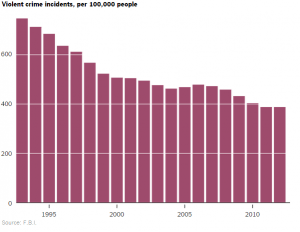
From the New York Times
Yet the scary and dangerous world TV evoked did not match reality. While TV, movies, video games and other media portray a violent world, our nation’s violent crime rate is at a 20 year low, according to the FBI.
Mean World Syndrome
Certainly, there are some people who live in neighborhoods where crime is a fact of life. Some have traumatic home lives, haunted by abuse, addiction or other problems. These realities make the disconnect others experience between what they see on TV and what they actually encounter in daily life all the stranger. That disconnect is what communications expert George Gerbner called the “Mean World Syndrome,” whereby violent media makes children (and the rest of us) believe the world is more dangerous than it actually is.
This is the breakthrough of cultivation analysis: a clear correlation between the amount of media we consume and the degree of fear and anxiety we have about the world – a phenomenon that comes into especially clear focus when we look at how we view and treat others, especially those who are different from us.
Indeed, from Lynea’s private counseling practice and our work bringing Yoga Calm into psychiatric clinics and hospitals, we have seen the rates of anxiety and depression among children and teens rise sharply. Many factors fuel this unfortunate trend, of course, but according to research professor and author Peter Gray, PhD, the biggest factor may have to do with perception.
We would like to think of history as progress, but if progress is measured in the mental health and happiness of young people, then we have been going backward at least since the early 1950s. The question I want to address here is why.
The increased psychopathology seems to have nothing to do with realistic dangers and uncertainties in the larger world. The changes do not correlate with economic cycles, wars, or any of the other kinds of world events that people often talk about as affecting children’s mental states. Rates of anxiety and depression among children and adolescents were far lower during the Great Depression, during World War II, during the Cold War, and during the turbulent 1960s and early ‘70s than they are today. The changes seem to have much more to do with the way young people view the world than with the way the world actually is. [emphasis added]
Vicarious Trauma
Violent media does seem to be fueling what experts call “vicarious trauma,” a sympathetic nervous system “fight, flight or freeze” response from repeated exposure to traumatic events.
We see this in a recent study of responses to violent news on social media. Twenty-two percent of adults exposed to this content scored highly on clinical assessments of PTSD – even though they saw only videos and images of the traumatic events, and did not experience the events themselves. If adults respond so strongly, how might children react?

“The violent game seems to have elicited more stress at bedtime in both groups and it also seems as if the violent game in general caused some kind of exhaustion,” Ivarsson and colleagues write. “However, the exhaustion didn’t seem to be of the kind that normally promotes good sleep, but rather as a stressful factor that can impair sleep quality, especially for low exposed gamers.”
In light of such findings plus the number of those who have experienced actual, not virtual, trauma, it’s not hard to see how media violence could contribute to high rates of anxiety and depression. But whether real or virtual, the answer is the same – an answer much like the actions of a parent who has their child look under the bed or in the closet to see that there are no monsters there.
Creating a Sense of Control
One thing we know about anxiety and depression is that they correlate significantly with people’s sense of control – or lack of control – over their own lives. Those who believe that they are in charge of their own fate are less likely to become anxious or depressed than those who believe that they are victims of circumstances beyond their control.
Indeed, Dr. Gray’s research found that the rise in anxiety has been matched by a sharp decline in young people’s belief that they control their own destinies
Trauma Sensitive Yoga
Yoga and mindfulness techniques have great promise for helping with trauma and anxiety. Here are a five tips – strategies to encourage and support – from Sarah Smith, a student in our RYT-200 training program who leads Yoga Calm at Morrison Child & Family Services here in Portland, elaborated by our own experience:
- Experience the Present Moment. The use of breathing techniques and physical yoga (e.g., standing poses) turns off the fight/flight response and turns back on the prefrontal cortex, helping students develop a sense of control and the cognitive flexibility to shift from their fears to the present moment.
Make Choices. Trauma is an experience of having no choice, loss of control and helplessness. Yoga Calm’s peer teaching approach, where students lead and even decide what poses to do, how long to hold them, and so on, helps them regain a sense of agency and empowerment.
- Acknowledge Strengths & Developing Strategies. Acknowledging your students’ strengths and asking them what words or strategies they used in challenging yoga poses creates cognitive tools that they then can use in other settings. Balancing out media bias by reframing tragedies is another effective strategy (“Yes, it was a terrible thing that happened, but did you know that millions of people came forward to help the victims of the Nepal earthquake”). Gratitude practices and resources like Lynea’s illustrated children’s book Good People Everywhere also help create resiliency and a counterweight to negative media.
- Take Action. During a traumatic event, people often experience being trapped and unable to protect themselves. And yes, students can be triggered by the physical movement and postures of a yoga class. However, these same students are probably being triggered from the events of daily life, too. Recognizing this, during yoga class, teachers can help students notice the signals of when they are being triggered and how to pre-empt or mitigate a stress response by taking care of themselves by sitting and watching instead of participating, covering themselves with a blanket or just doing a pose differently when they need to. For younger students, have them create or copy images of activities or yoga poses to have on hand that they can then choose from when they need to calm themselves
Routine, Rhythm and Social Support. Trauma can create disconnection not only with our own bodies (dissociation) but with other people (isolation). Having standard class routines creates a sense of predictability and safety. The rhythm and repetition of moving together with a drum, as in a typical Yoga Calm class, also helps to regulate the brain, according to Dr. Bruce Perry. Social skills and support are also well known for mitigating stress as noted in Yoga Calm for Children.
While it’s hard (even for us) to totally eliminate the exposure of violent media in our lives, with these practices we can plant seeds of hope with our youth. Our recent research with Wayne State University showed that after just 10-14 minutes of short “yoga bits” throughout the day for 10 weeks, 72% of the children reported using Yoga Calm techniques in response to stressful techniques, outside of school.
Its time to take control, to limit our children’s exposure to violent, negative media and to help them develop the skills and tools to find peace in their bodies.
Resources
- Bruce Perry on our YouTube Channel and at childtrauma.org
- Overcoming Trauma through Yoga by David Emerson and Elizabeth Hopper
- Peter Levine
- Dr. Bessel van der Kolk
- Dr. David Berceli
Gaming image by amanda tipton, via Flickr;
Yoga Calm kids images by Kathy Flaminio

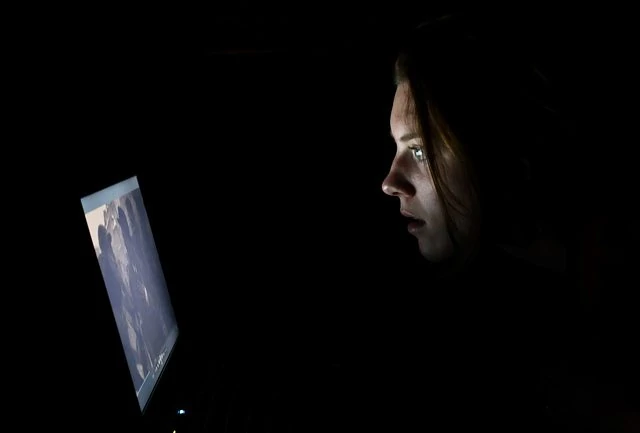
 Make Choices. Trauma is an experience of having no choice, loss of control and helplessness. Yoga Calm’s peer teaching approach, where students lead and even decide what poses to do, how long to hold them, and so on, helps them regain a sense of agency and empowerment.
Make Choices. Trauma is an experience of having no choice, loss of control and helplessness. Yoga Calm’s peer teaching approach, where students lead and even decide what poses to do, how long to hold them, and so on, helps them regain a sense of agency and empowerment.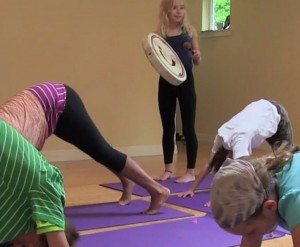
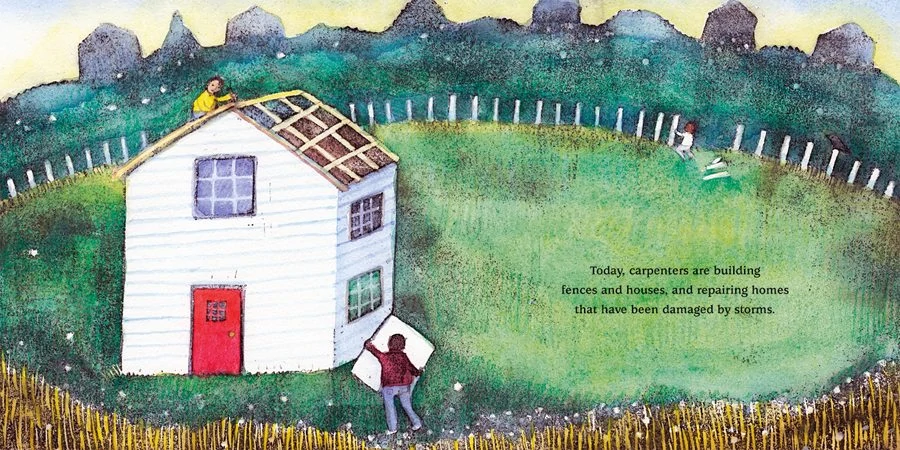
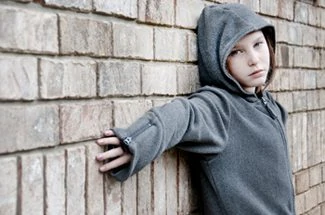
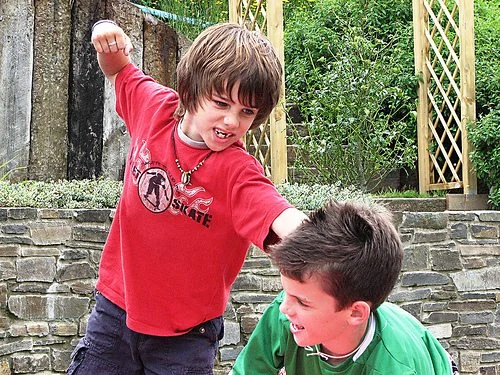

Trackbacks/Pingbacks